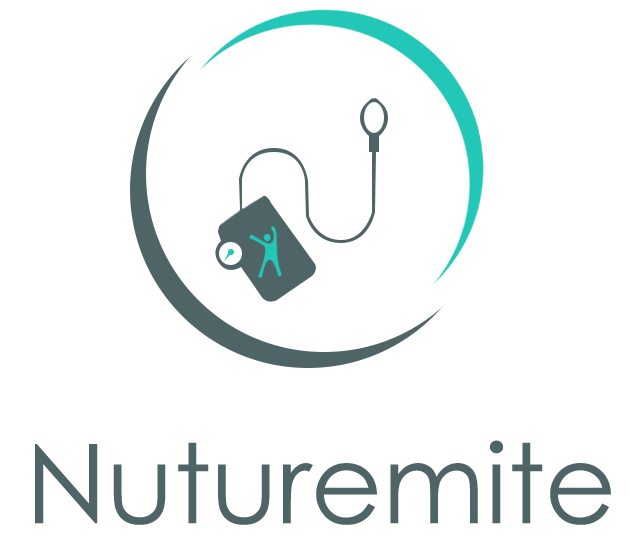Conjunctivitis: Overview, Signs, Causes, and Treatment.
Several researches prove that our eyes are implicated in attracting and communicating. When we are attracted to something, the eyes show its effects through its enlargement of the pupil. Our eyes are the most important facial factor that defines our beauty. Have you ever noticed that we always make an eye contact to the person we are talking to? It is probably because it is a way of establishing a relaxed and comfortable connection with the other person. Studies show that whiter sclera indicate 25% happier, 42% healthier, and 17% more attractive attribute in a person. Growing pollution and invasion of microorganisms has made the eye infections highly prevalent. Usual symptoms of an eye infection involve itchiness, redness and watery eyes. We all have heard or experienced a common eye infection called as Conjunctivitis, which causes inflammation in the layer of our eye. If you want to gather knowledge on Conjunctivitis, then you can rely on the information given below.
Conjunctivitis, also known as the pink eye, is the infection of the eye causing inflammation of the membrane that envelopes the front layer of the eye and the inner layer of the eyelid. This membrane is called as the conjunctiva. It is highly contagious and very common infecting around 10 million people every year in India. Can be self-diagnosable, resolving within a few days to weeks. It spreads by skin-to-skin contact or by touching the contaminated surface like a blanket.
Causes
There are several causes of pink eye including,
- Viruses, leading to common cold
- Bacteria
- Irritants like dirt, smoke, shampoos, etc.
- Allergic reactions to dust, smoke, pollens, or contact lenses
- Parasites, fungi, or amoeba
- People effected from gonorrhoea or chlamydia
Symptoms
Symptoms of Conjunctivitis are:
- Redness of Sclera or inner eyelid
- Inflammation of conjunctiva
- Watery eyes
- Thick, yellow discharge during sleep, resulting the eyelids to stick after waking up.
- Itchiness
- Sensitivity towards light
- Blurred vision
- Burning eyes
However, there are ways which can relieve the symptoms of pinkeye, involving
- Regular cleaning of the eye discharge using wet cotton or paper towel.
- Regular cleaning of bed linens, pillow covers, and towels in hot water.
- Avoid touching and rubbing the infected eye.
- Avoid applying eye makeup or wearing contact lenses.
- Applying warm compresses to relieve the pain.
- Avoid covering the infected eye with a patch.
- Protecting the eye from dirt and other irritants.
Treatment
The suitable treatment for Conjunctivitis depends on its cause.
Allergic Conjunctivitis: Treatment of allergic conjunctivitis involves the possible removal of the irritant. In mind cases, cool compresses and artificial tears are used while, in severe cases, nonsteroidal anti-inflammatory medicines and antihistamines are prescribed.
Infectious Conjunctivitis: Treatment of infectious conjunctivitis involves the use of antibiotic eye drops or ointments. Bacterial conjunctivitis is cured after 3-4 days of treatment. Mild viral conjunctivitis is relieved by cold compresses and artificial tear solution while, in severe cases topical steroid drops are used to reduce discomfort from inflammation.
Chemical Conjunctivitis: Washing of eyes with saline solution is an effective treatment for chemical conjunctivitis. Severe chemical injuries need immediate medical attention. Conjunctivitis caused by wearing contact lenses can only be prevented by switching to another one.
Ways to Avoid Transmission
Maintaining proper hygiene is the best method to avoid the transmission of Conjunctivitis. Following ways can control its spread:
- Avoid touching the eyes with bare hands
- Frequent cleaning of eyes and the hands
- Changing the bed linens and towels daily
- Discard the use of cosmetics
- Follow the doctor’s instructions for proper care of the contact lens
Prevention
There is no proper prevention of Conjunctivitis as there are several reasons of its occurrence. However, early treatment can prevent it from worsening. The best preventive method is avoiding contact of the eyes with hands, even when no problem exists.
Food and Nutrition
Foods which prevent Conjunctivitis are:
- Green leafy vegetables like spinach and cabbage
- Orange-coloured fruits and vegetables like orange, papaya, carrot, and mangoes
- Fruits like apples, oranges, pears, pineapples, and grapes.
- Vitamin A is necessary for providing proper nutrition to the eyes such as eggs, milk, fish liver oil and dairy products like butter
- Sources of vitamin B2 like almonds, tomatoes, citrus fruits, etc.
- Foods rich in zinc like meat, fish, poultry, whole grains, etc
- Vegetable juice and lemon juice
Foods to avoid during Conjunctivitis are:
- Fruits like banana
- Starchy and sugary foods like cereals, potatoes, pudding, pastry, jams, confectionery, and white bread
- Excessive consumption of meat, protein and fatty-rich foods, tea and coffee, salt, spices and condiments.
Maintaining personal hygiene is mandatory for keeping all types of ailments faraway. As our eye is one of the most sensitive organs of our body, it requires special care to avoid the infections. With the changing environmental conditions, the prevalence of infections have shown a considerable increase in the past years. So, nutritive diet, regular physical activities, and proper hygiene is the key to a long and healthy life.


Leave a Reply